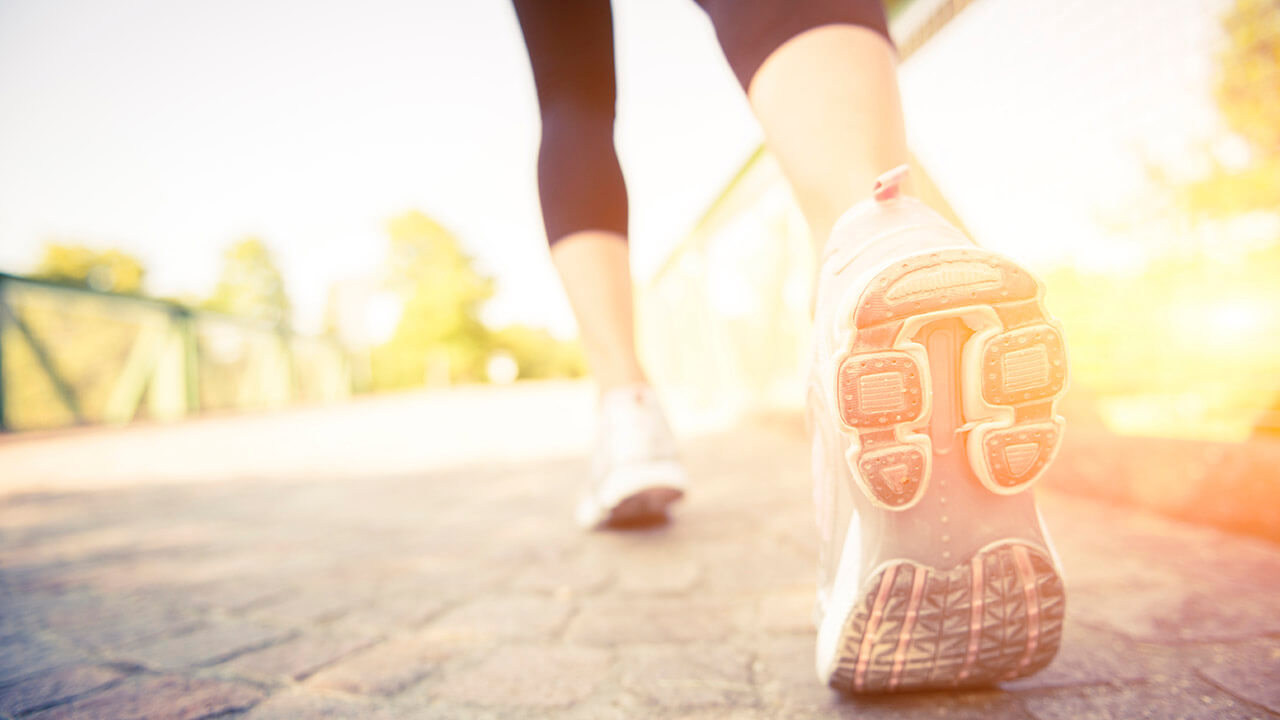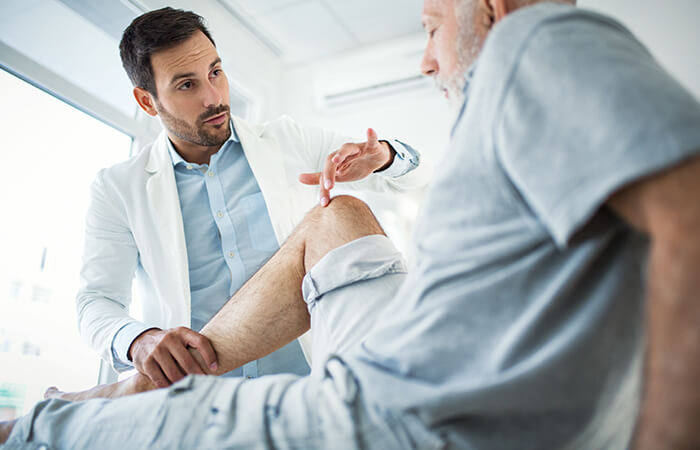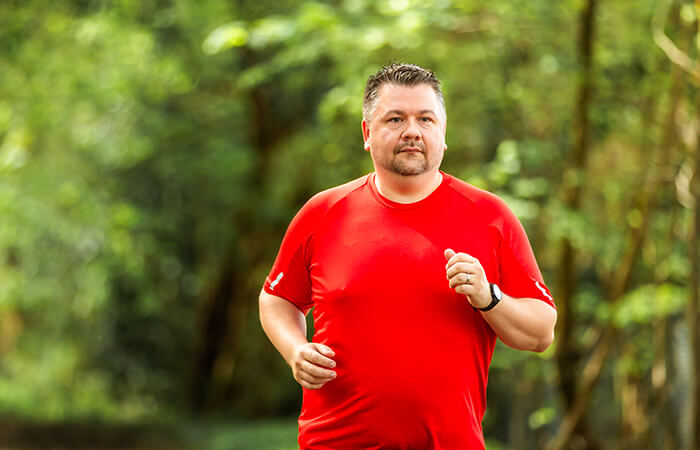Properly fitting running shoes are essential to obtaining your training goals. A properly fitting shoe can help prevent shin splints, plantar fasciitis, stress fractures and knee pain that may cause you to miss training time. Everyone's feet are shaped differently. The type of shoe or brand that works best for one runner may not be the best option for another.
Use one or both of the easy techniques below to determine your arch height.
Low arch/flat foot – overpronation
Runners who have moderate to severe overpronation, or are heavier-set, should consider a motion-control shoe. Motion-control shoes are durable and offer extra support through the arch and heel. These shoes provide the most stability and control, but are heavier than other shoe types.
Normal arch – neutral pronation
Runners with a neutral foot type can choose a neutral or stability-type shoe that has a semi-curved last (curved inward at the insole), good mid-foot support and some cushion.
High arch – under pronation
Runners with a high arch tend to have minimal pronation, which can cause decreased shock absorption through the foot and legs. This person should consider a cushion shoe, which offers more shock absorption and has a curved last (curved inward at the insole).
There are several good websites with information on shoe types, but experts recommended visiting a local running shoe store to find the proper shoe. The professionals at these types of stores can discuss your training goals and programs, as well as assess your foot type to help find a shoe that best fits your needs.
Determine your arch height
Use one or both of the easy techniques below to determine your arch height.
- Look at the bottom of your shoes to check the wear pattern on the heels. If the inside of your heel is worn more than the outside, you likely have a low arch/flat foot or overpronation.
- Wet the bottom of your foot and step on a surface that allows you to see your footprint.
- If you see your entire foot, you have a low arch/flat foot or overpronation.
- If you see about half of your arch, you have a normal arch or neutral pronation.
- If you only see your forefoot or heel, this is indicative of a high arch or underpronation.
Determine the best type of shoe for you
Low arch/flat foot – overpronation
Runners who have moderate to severe overpronation, or are heavier-set, should consider a motion-control shoe. Motion-control shoes are durable and offer extra support through the arch and heel. These shoes provide the most stability and control, but are heavier than other shoe types.
Normal arch – neutral pronation
Runners with a neutral foot type can choose a neutral or stability-type shoe that has a semi-curved last (curved inward at the insole), good mid-foot support and some cushion.
High arch – under pronation
Runners with a high arch tend to have minimal pronation, which can cause decreased shock absorption through the foot and legs. This person should consider a cushion shoe, which offers more shock absorption and has a curved last (curved inward at the insole).
There are several good websites with information on shoe types, but experts recommended visiting a local running shoe store to find the proper shoe. The professionals at these types of stores can discuss your training goals and programs, as well as assess your foot type to help find a shoe that best fits your needs.



